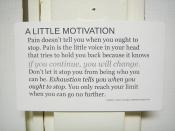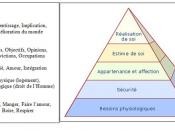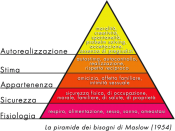Maybe the place to begin is to give the definition of the Motivation; the Motivation is the willingness to use high levels of effort towards organizational goals, conditioned by the effort's ability to satisfy some individual needs.
Motivation is an important thing that managers need to understand what motivates their employees to have good performance. By motivating the employees, the organization can get benefits from that for example, employees can increase their performance and productivity, increased job satisfaction, employees will increase to focus on organizational objectives, and maybe it can also reduced the absenteeism of the employees.
There are many methods of employee motivation have been developed. The study of work motivation has focused on managers as well as the employee. Motivation theories are important to manager attempting to be effective leaders. Here we will see a short explanation of three theories' that has been known for many managers today;
The most famous one being the Abraham Maslow's Hierarchy of Needs.
This states and talks about the human needs that are broken down in five needs format (look at Figure 1).
Firstly the Basic Needs. This includes the following hunger, thirst, shelter, and many other bodily needs. To reflect to the above question one must examine how these apply in today's environment of work in line with their motivational impact to both the mangers and employees. We can apply this need within the organization for instance Provide lunch breaks, rest breaks, and wages that are sufficient to purchase the essentials of life.
Secondly; the safety need that will employ the security one gets from the job, for all possible safety issues be it physical or emotional harm. For example provide a safe working environment, freedom from threats, and relative job security, Insurance and protective wear, and so on. Thirdly the...


